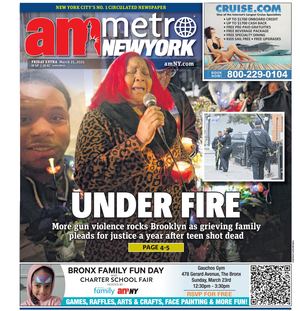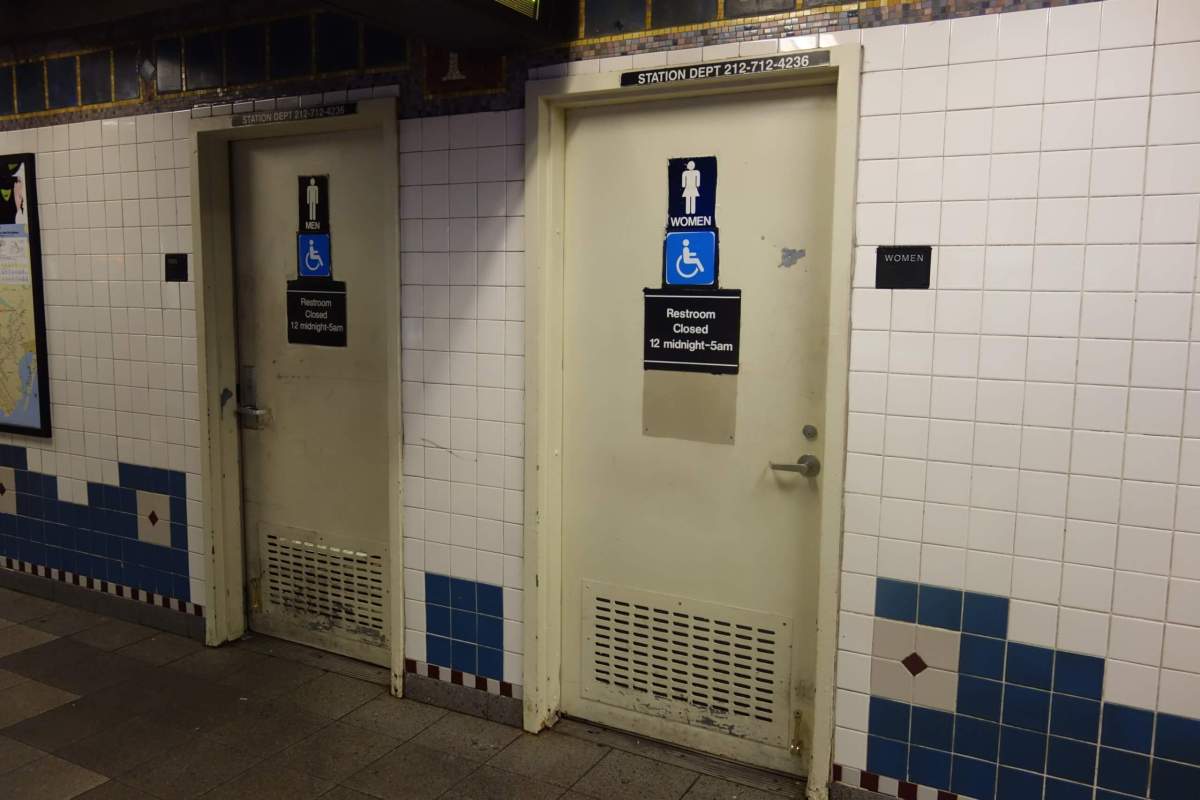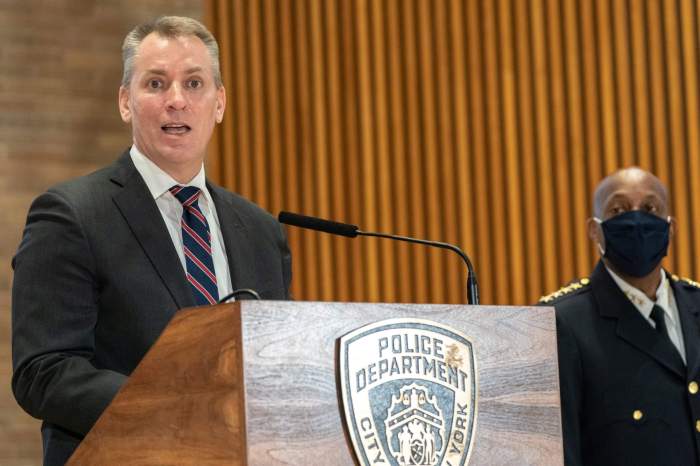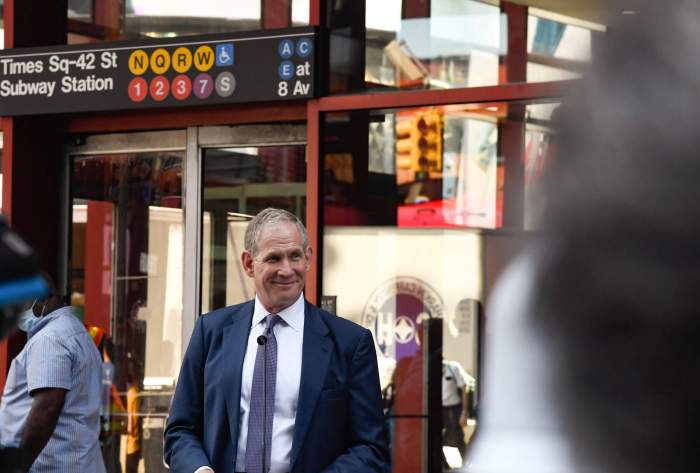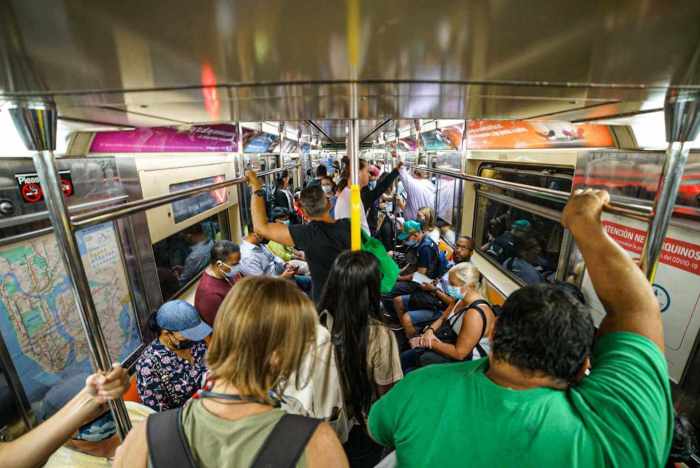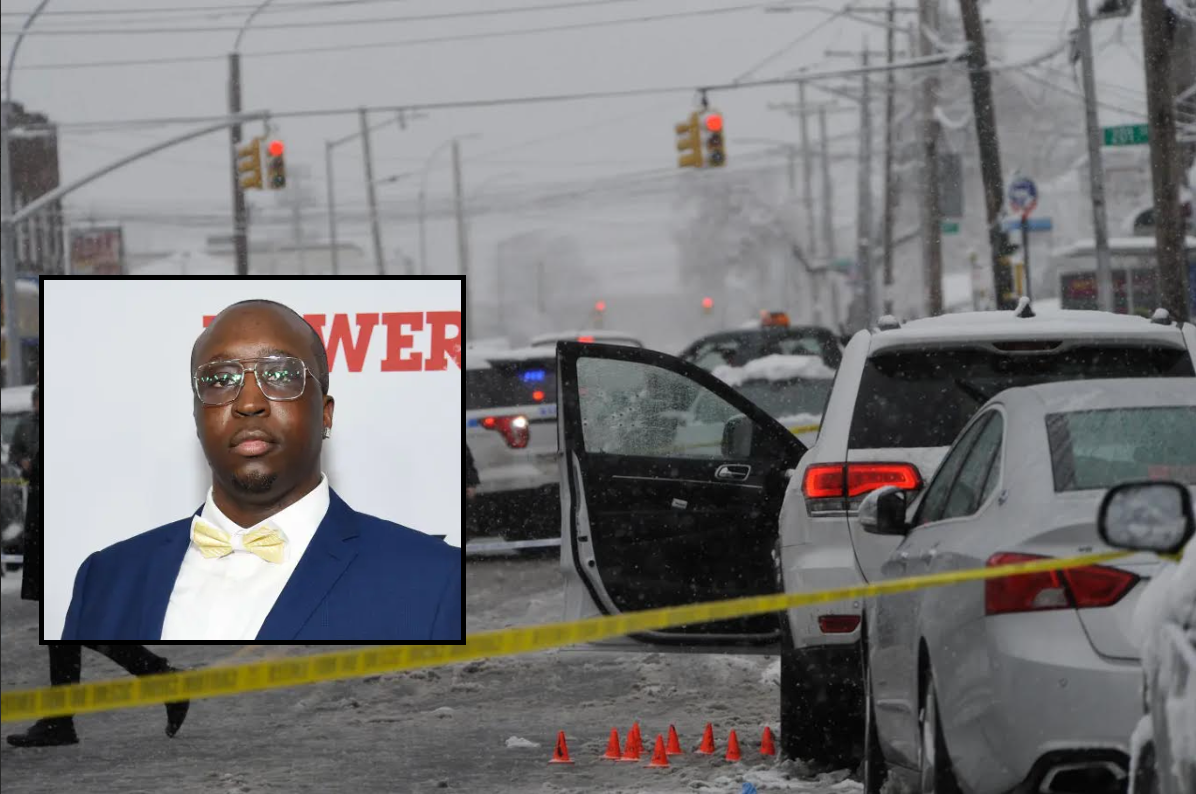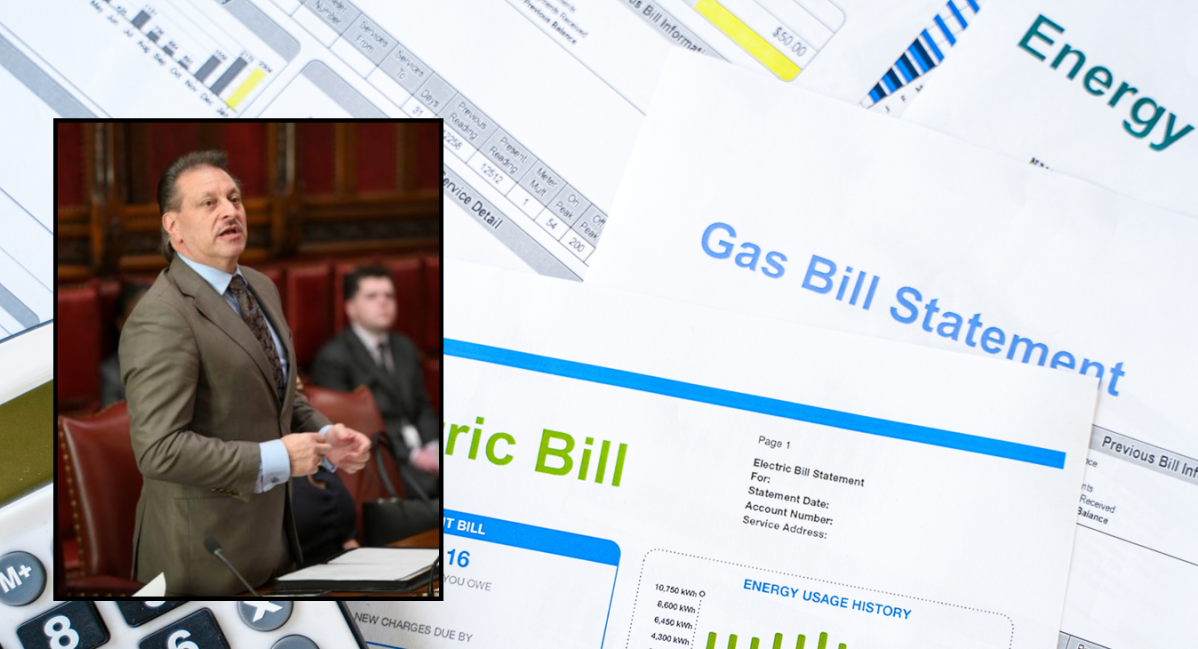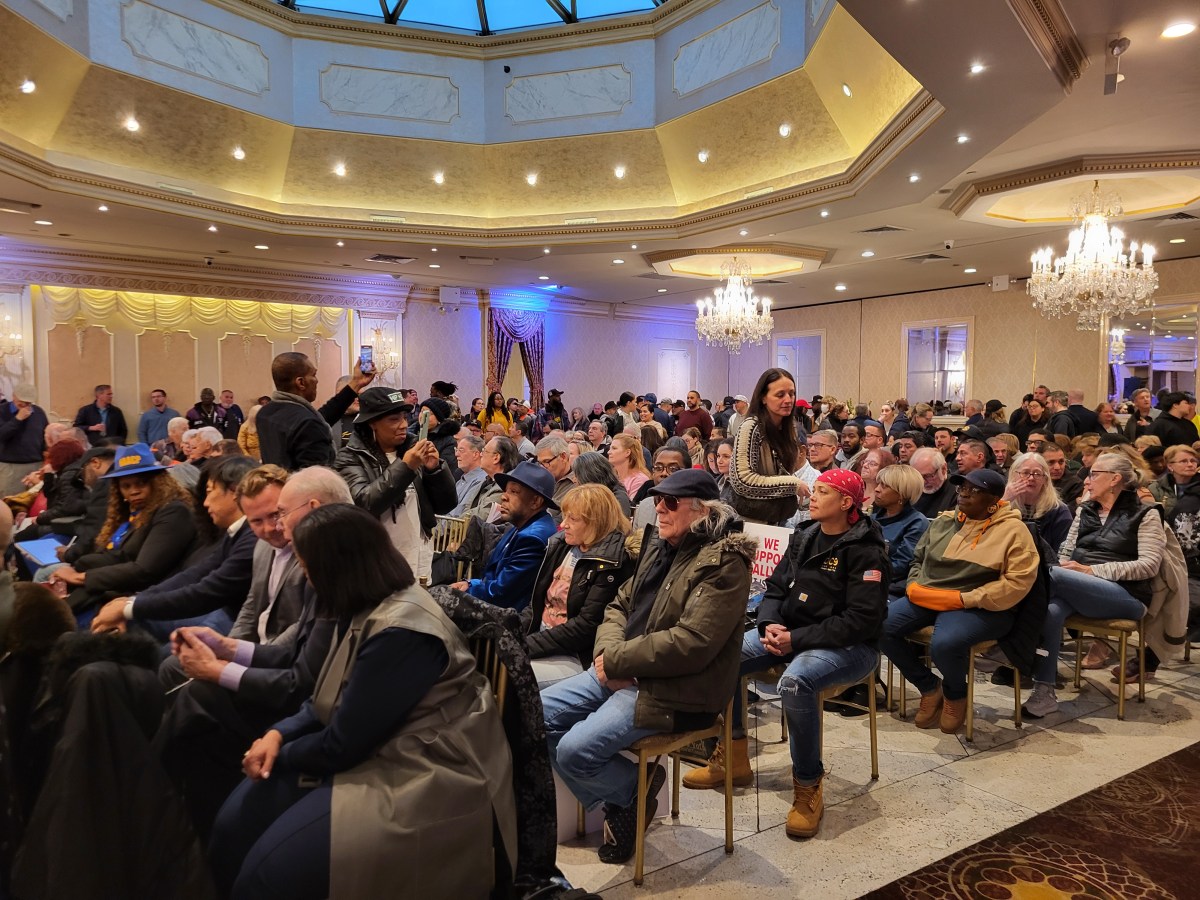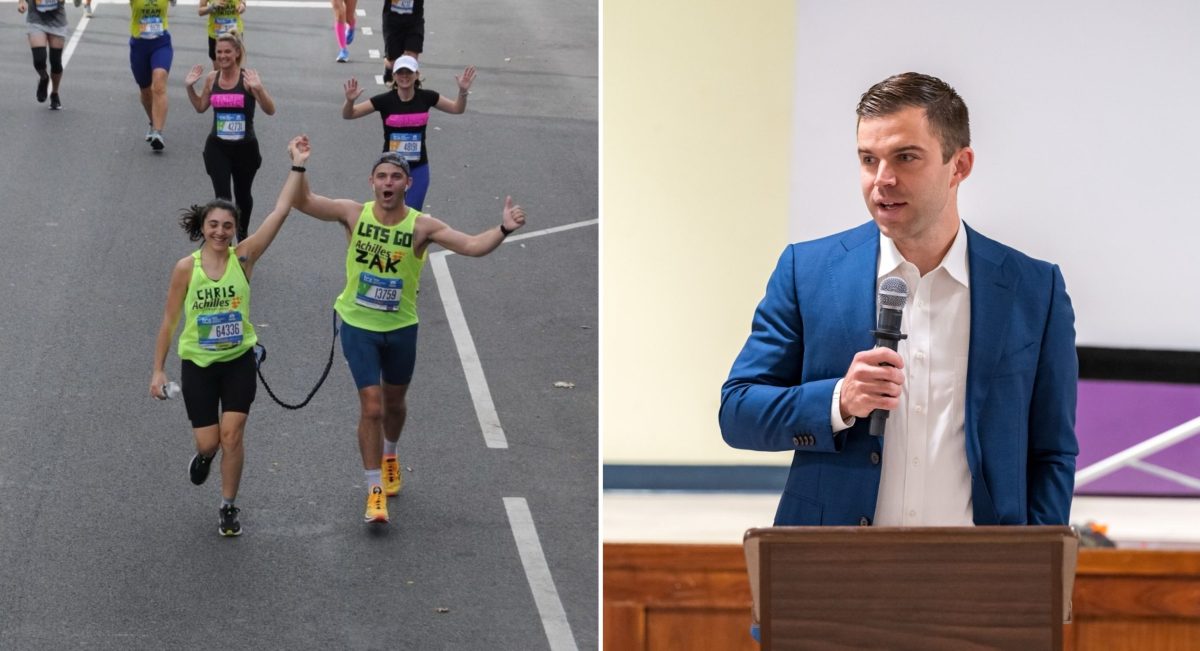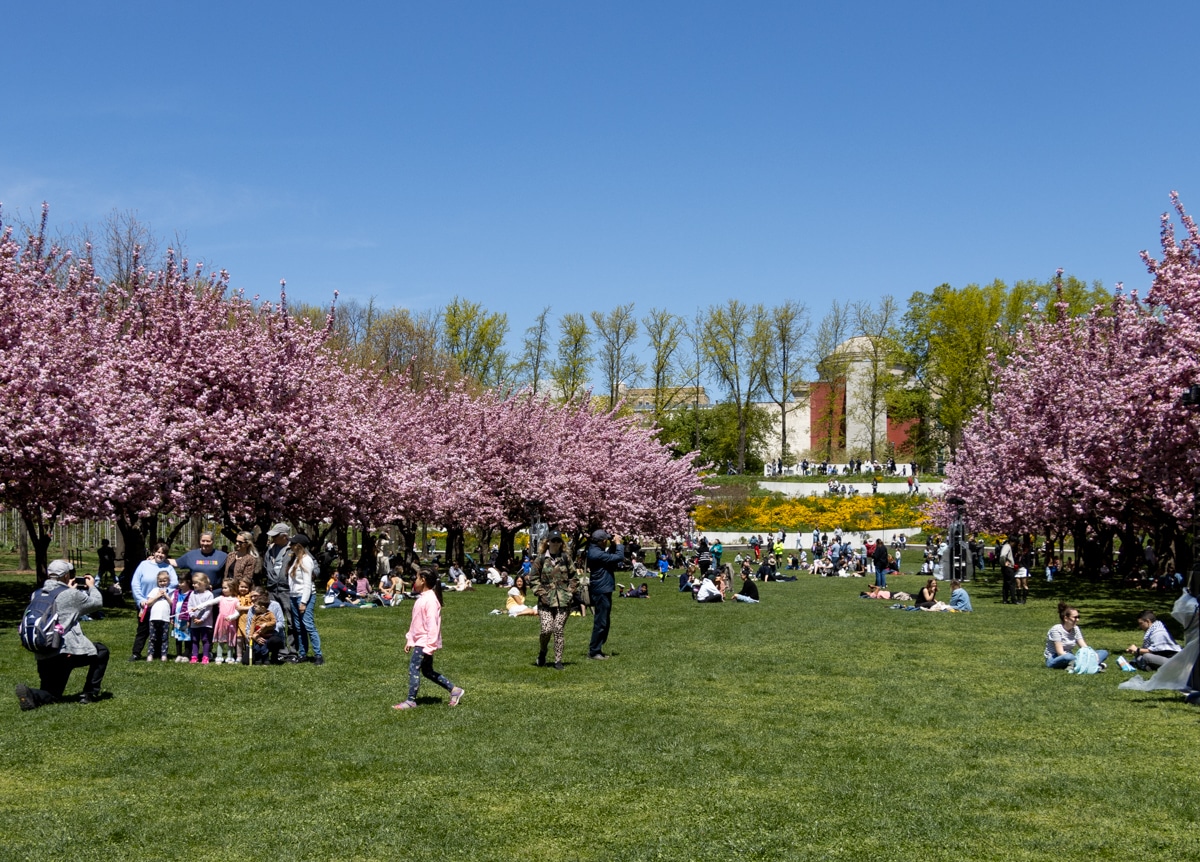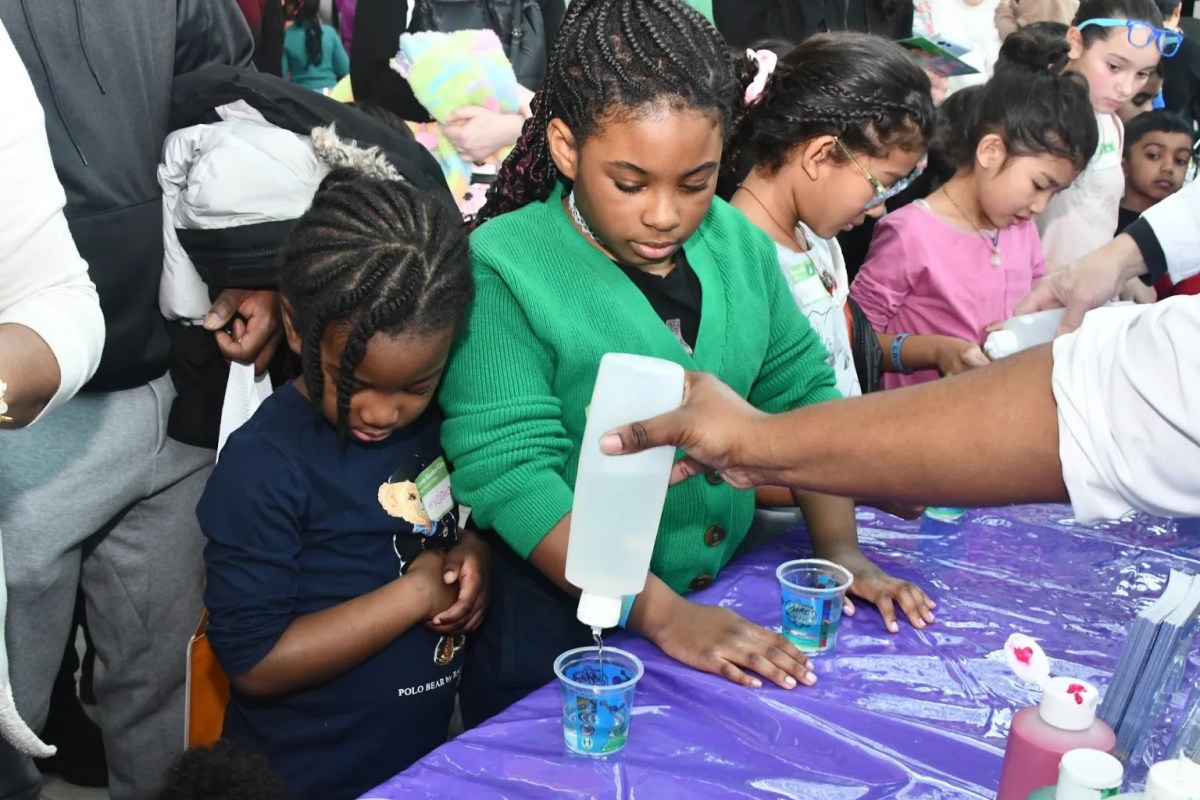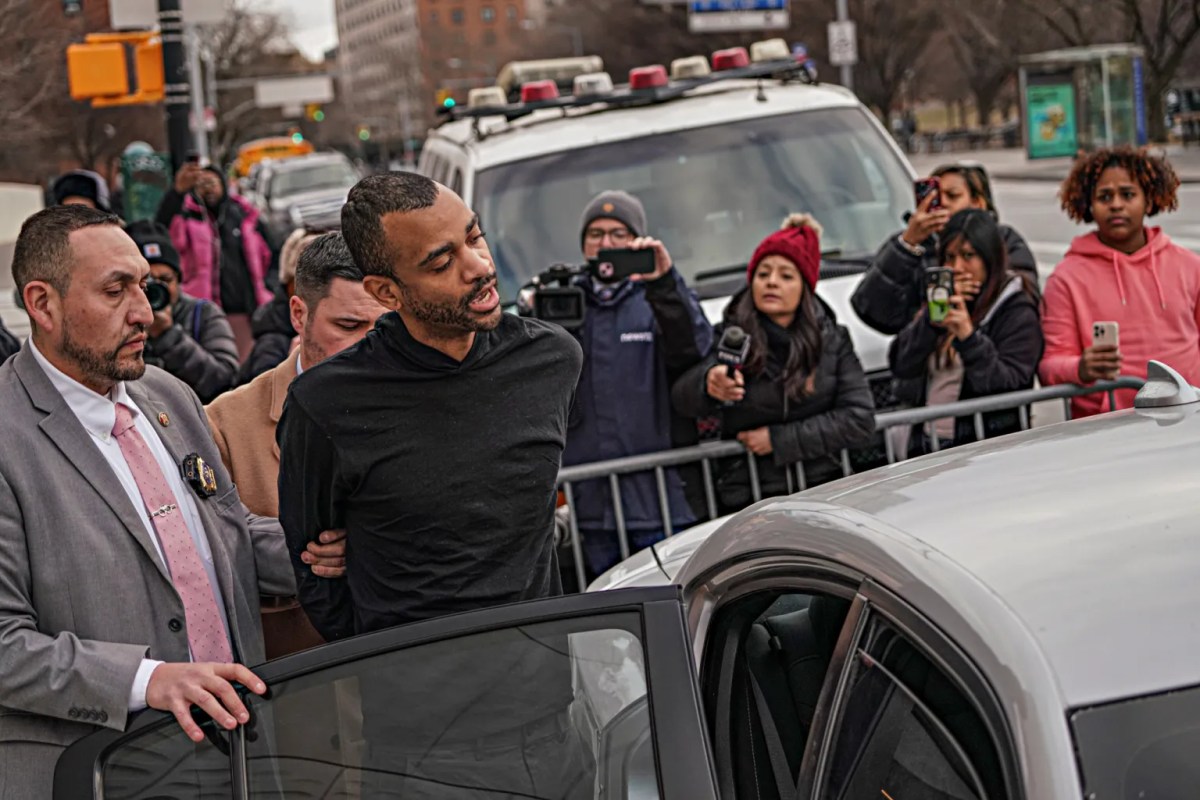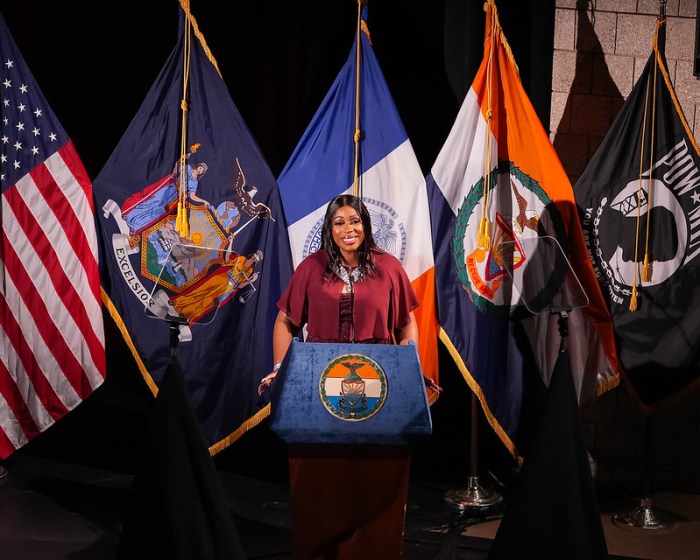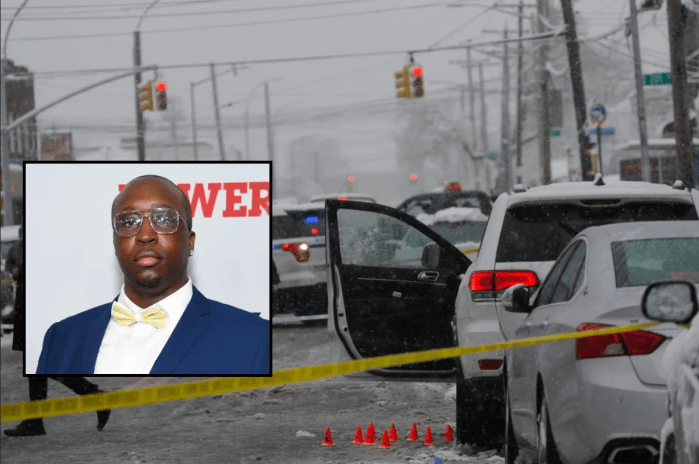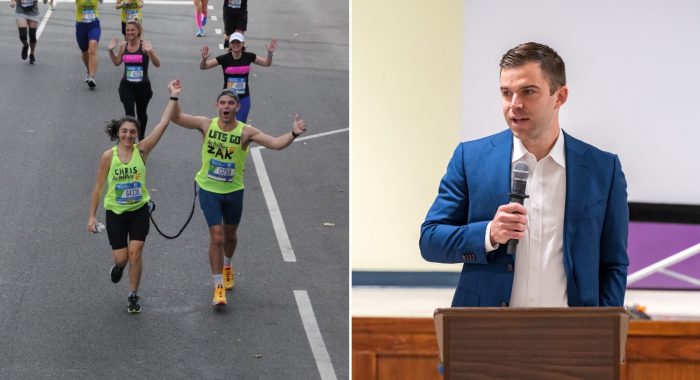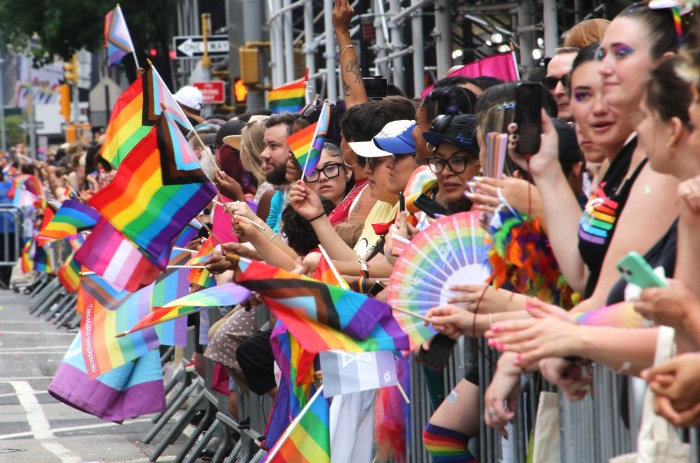Unlocking subway station restrooms that have been shuttered for the entire COVID-19 pandemic is not a priority for the Metropolitan Transportation Authority, according to acting chief Janno Lieber, who told state lawmakers Wednesday that the agency is strapped for resources to reactivate the facilities.
The transit honcho was grilled by Queens state Sen. Jessica Ramos during an hours-long confirmation hearing for his leadership role, and the pol demanded the agency reopen the loos to provide relief for riders and homeless New Yorkers.
“Bathrooms are really hard to come by on the MTA,” Ramos said. “We could offer a much more enjoyable experience to riders, but also to the people who are houseless and are staying warm by staying in the station.”
Lieber countered that allowing the unhoused to heed the call of nature inside their stations was not the MTA’s job.
“I’m happy to look at it, but the bathrooms, it is not the MTA’s priority — I have to be honest with you — to provide restrooms for the above-grade population that you’re describing, who are struggling with housing issues and otherwise,” he said. “We are a transportation agency.”
MTA closed all of its active public bathrooms spread out over 76 subway stations — about 16% of the system — at the beginning of the pandemic to curb the spread of the virus.
However, the agency reopened its restrooms at commuter rail hubs in the fall, including Penn Station, Atlantic Terminal, and Jamaica Station on the Long Island Rail Road, along at Grand Central Terminal on the Metro-North Railroad, according to spokesman Tim Minton.
The two commuter railroads also have on-board restrooms.
The transit chief reiterated agency officials’ previous statements that they didn’t have enough workers to keep the bathrooms in good shape, because they diverted cleaning teams to scrub down subway trains daily during the pandemic — a multimillion-dollar scheme critics have slammed as an expensive “hygiene theater,” given the low risk of surface spread of COVID-19.
MTA officials have said that riders want cleaner trains and that the effort has become part of their initiatives to lure back commuters to the system.
But when pressed by Ramos why the agency couldn’t put the same energy into servicing station bathrooms, Lieber said that the facilities were often vandalized in the past.
“We have struggled, honestly, not just with the cleaning, but with constantly replacing fixtures that are destroyed so frequently and vandalism issues,” he said. “But we’re gonna try to get those bathrooms open with the support of the State Department of Health in a reasonable timeframe.”
Those concerns echoed former New York City Transit interim-President Sarah Feinberg who in June eyed reopening the bathrooms, but said it had to be done while keeping them clean and safe.
One advocate for the homeless also urged MTA to reopen the bathrooms, adding that it would offer a safe and clean place for people to go when there are few other options.
“New York City residents – both those who are homeless and those who have housing – have long endured a lack of clean, accessible public restrooms,” said Jacquelyn Simone, a policy director for the Coalition for the Homeless. “Reopening the restrooms in the transit system would enable people to meet their basic needs and would reduce incidents of public urination and defecation by offering people a more hygienic alternative.”
Ramos said that if the MTA wanted to entice more straphangers to the system, they should offer bathrooms as part of that strategy.
“When trains aren’t necessarily running on time and there are changes and lines that are being left out, well then people need to be able to relieve themselves because it’s a human function, whether you’re above ground or a part of the homeless population,” the legislator said. “Either way, this is something that has long been missing from our system and actually should be made a priority because you’re prioritizing riders.”
